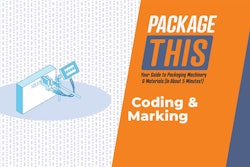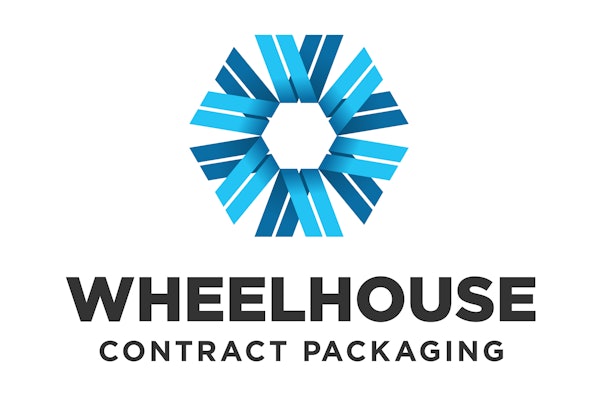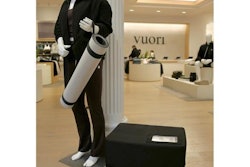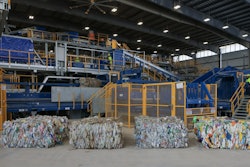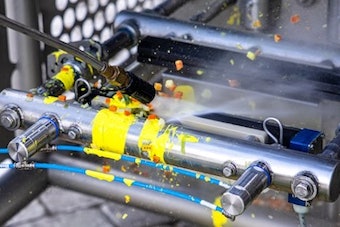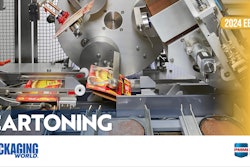
When ethnography is applied to package design research, the researcher observes surreptitiously rather than being embedded. Another modification regards duration; speed-to-market pressures place a premium on obtaining insights fast. Given these distinctions, for purposes of this article, ethnography will be replaced by observation research, or observation.
The promotors of observation as a package design research methodology argue that behavior is more reliable than words; what consumers do is more reliable than what they say they do. Reliable behavior depends on the consumer not being aware of being observed and therefore behaving “naturally.” Reliable behavior also depends on the researcher being able to interpret what’s being observed. Not only should the researcher be able to interpret behavior relevant to the project objectives, but since there is no limit to the variety of human behavior, the researcher should also be able to recognize serendipitous insights. If observation research were to have a motto, a likely one would be: Look, see, and understand.
Observation research best lends itself to the early stages of certain packaging projects, for example, a new entry to an existing category, a redesign, and a product-line extension. In the first example, how consumers behave toward existing members of the category can assist in strategizing against future competition. In the second example, how consumers behave toward the present design can be valuable in preserving strengths while discarding weaknesses. In the third example, how consumers behave toward design cues can be useful in bestowing a new variety its own identity within an overall “family” look.
These comments don’t mean that observation research is not suitable for projects concerning packaging for a product that introduces a new category. Granted, prior to the launch, there is nothing to observe, at least not directly. When an innovative, first-of-its-kind product nonetheless meets an established need, insights might be gained from observing how consumers behave toward the closest substitutes. It doesn’t mean that methodologies that rely on spoken responses are automatically superior for new category packaging. That’s because consumers might not be able to predict their behavior when only given a description of a concept.
The purchase of a product is but one component of a consumer’s larger experience with its packaging, a spectrum extending across storage, use, and disposal/reuse/recycle. Of those components, it’s easiest for researchers to observe behavior at the point-of-purchase. But it’s not without its limitations and challenges.
A researcher enters a retail store and proceeds to the area-of-interest. Now what? Is that researcher pushing a cart, masquerading as just another shopper? Stealth is required, because the subjects are not to be made aware that they are being observed. Some researchers have been known to wear hidden cameras. There’s the issue of how long a researcher can expect to remain in the store, having no control of how many shoppers visit particular shelves, nor at what rate. Should the researcher have the approval of store management, and what incentives would cause the latter to grant that approval? And how many store visits are sufficient?
Regarding the purchase decision, observation research seeks to learn whatever possible about factors attendant to that moment-of-truth. Observation research might be the source of the often-cited assertion that the package has scant seconds to arrest the attention of the shopper. From the brand owner’s perspective, shelf-impact always is desirable, and the more immediate, the better. It makes perfect sense for package designers to be guided by shelf-impact; nonetheless, is the time factor fact or lore?
It’s a relevant question because retail store management strategicly uses lay-out and amenities to keep the shopper in-store longer. Aiding the cause are signage, shelf-markers, etc. meant to easily direct the shopper. It benefits researchers for consumers to arrive within the observation field sooner.
The stakeholder best positioned to perform observation research is the retail store itself. Video surveillance captures all shoppers coming through the door and tracks them throughout their visits. As if such observation weren’t enough, stores can cross-reference it with sales, promotions, and scanner-generated data in making decisions about packaging. The major retailers use their knowledge to dictate packaging requirements to brand-owners. Additionally, retailers can employ their knowledge to their private-label brands. Brand owners are long accustomed to monitoring the packaging of other brand owners. The time has arrived for brand owners to acknowledge the built-in advantages that retailers have, vis-à-vis observation as a package design research methodology, and monitor accordingly.
An alternative to stores is simulations operated by research firms or even brand owners. Inside a facility, a given category of products are shelved as they would be in an actual store. Invited consumers make choices, all the while being observed. A shortcoming is that consumers are aware that there is something experimental afoot; therefore, their behaviors might be different than what they would be under real-store conditions.
Yogi Berra, baseball legend and wit, said, “You can observe a lot by just watching.” But ol’ Yogi was not a package design researcher, nor an observation researcher, in specific. Had he been, he might have added the proviso, “but you have to know what you are seeing.”
Go to pwgo.to/5219 to read Part I; go to pwgo.to/5220 to read Part 2.




